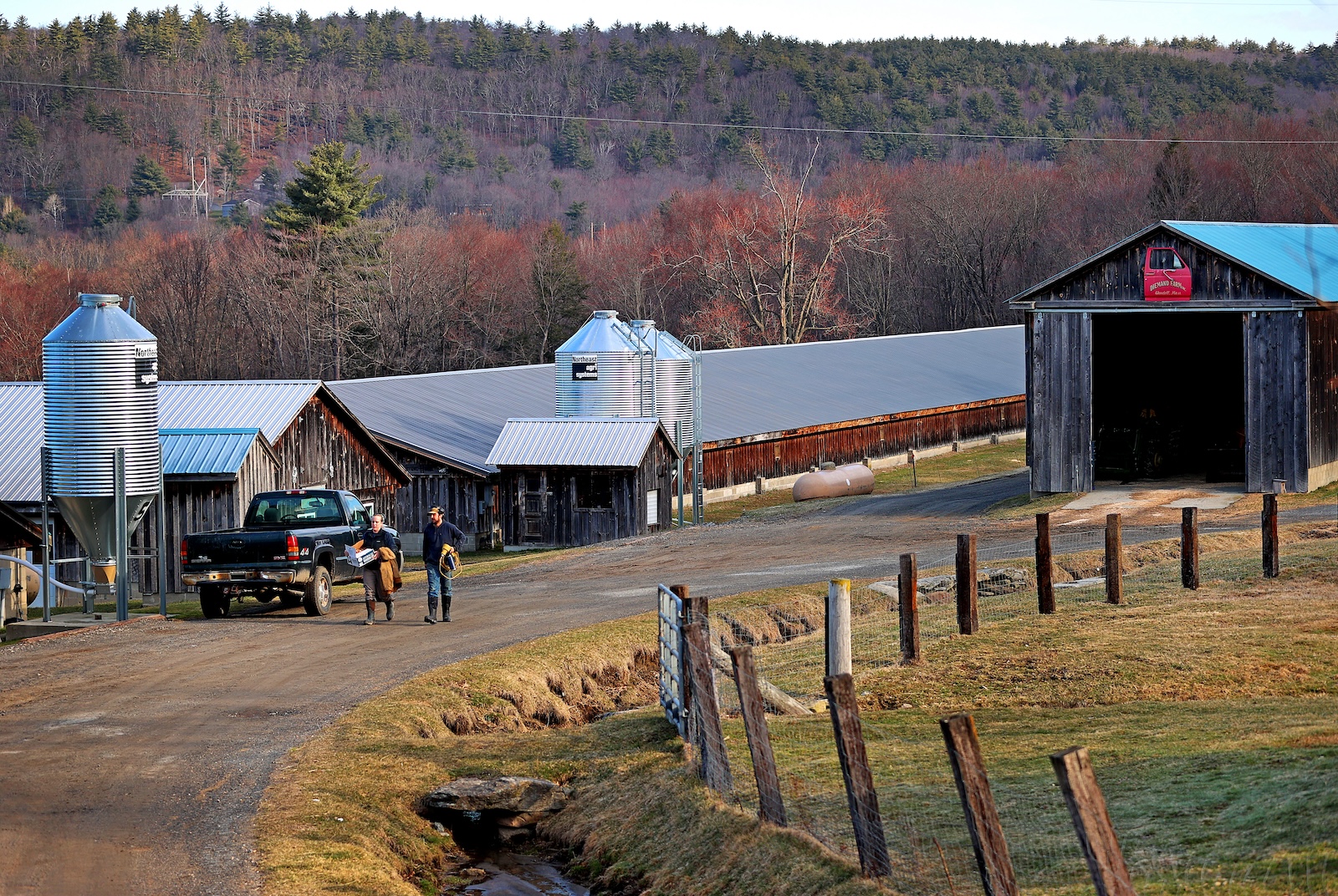Maintaining crop yields limits mitigation potential of crop-land natural climate solutions
Nature Climate Change, Published online: 26 May 2025; doi:10.1038/s41558-025-02349-3
The adoption of natural climate solutions in crop-lands, such as cover crops, no tillage and residue retention, is widely assumed to provide both climate change mitigation and crop yield benefits. We find important spatially variable trade-offs between these outcomes and demonstrate that safeguarding crop yields will substantially lower the mitigation potential of natural climate solutions.
Nature Climate Change…



